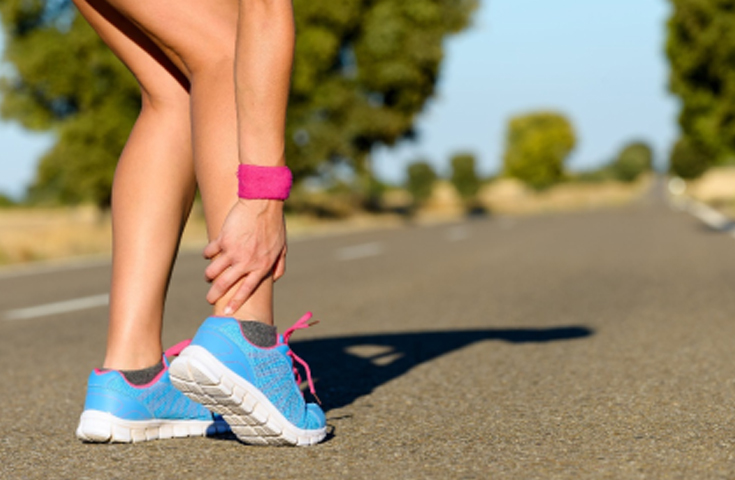Why are drug store orthotics not as good as custom orthotics?
FIXING THE PROBLEM
January 13, 2018What is Peripheral Arterial Disease?
January 31, 2018Most “orthotics”, or so they are incorrectly called, found in drug stores and supermarkets offer cushioning, but little to no support.

Orthotics are like glasses:
You would not go to your local drugstore or retail store and put your face into a machine and let it tell you which of the 5 glasses it offers is best for your vision. Also like glasses, orthotics only work when you have them on.
Once Orthotics have been prescribed they should be checked yearly, or more frequently if your foot size changes. Orthotics can also slow down effects of aging on your feet and ankles. Call Nagler Foot Center to discuss more.
It’s not just about how high your arch is:
Orthotics should be customized specifically for your foot type, deformities, joint function, and symptoms. All these things should be taken into consideration when building the best orthotic for your foot. Contrary to popular belief, it is more than just whether your arch is flat, high, or in between.
The machine at your local drug store or retail outlet store does not check your joints to see how they function. It also does not analyze your walking pattern; it only measures your foot size, arch type, and your body weight. The function of your joints must be taken into consideration for the orthotics to work properly. These types of tests can and should only be performed by a qualified podiatrist. Call Dr. Sherman Nagler to discuss options for your feet.
Typical Applications of Custom Orthotics:
1.) For everyday wear in your shoes – The purpose of custom molded orthotics is to help your feet function properly by aligning the foot and ankle to prevent stress on the heel, arch, or forefoot. They equalize the pressures in the feet and can prevent or reduce the severity of bunions, hammertoes, arthritis, flatfeet, and heel spurs.
2.) In your running shoes – to help prevent overuse injuries to the joints and tendons of the foot, ankle and legs.
3.) In your sport specific shoes – to cushion and support your foot and help prevent stress on bones, joints, tendons, and to prevent injury.
4.) In ski boots and hockey skates – to support the foot and reduce pressure on knees, which will help improve proper alignment.
5.) In golf shoes – especially if you walk the course, to support and cushion the heel and hold the legs in proper alignment with the ankle and foot.
6.) For the elderly – to help with the loss of cushioning in the forefoot and heel due to the loss or reduction of the normal fat pad.
7.) For children – that suffer from in-toe or out-toe walking, flatfeet, high arched feet, or heel pain. They are especially important for children with a family history of foot deformities and problems. Custom molded orthotics when worn in children who are still growing can positively influence the development of the bones and joints and minimize bunions, hammertoes, arthritis, and heel spurs.
8.) For Diabetic patients – to cushion calluses, remove tension from painful nerves, distribute pressure equally across the bottom of the foot, and prevent open sores from developing which often lead to infection and amputation of the foot.
Do not leave foot pain untreated. Schedule an appointment with Nagler Foot Center or contact the specialists with questions online, by phone (713-893-5620) or email.


